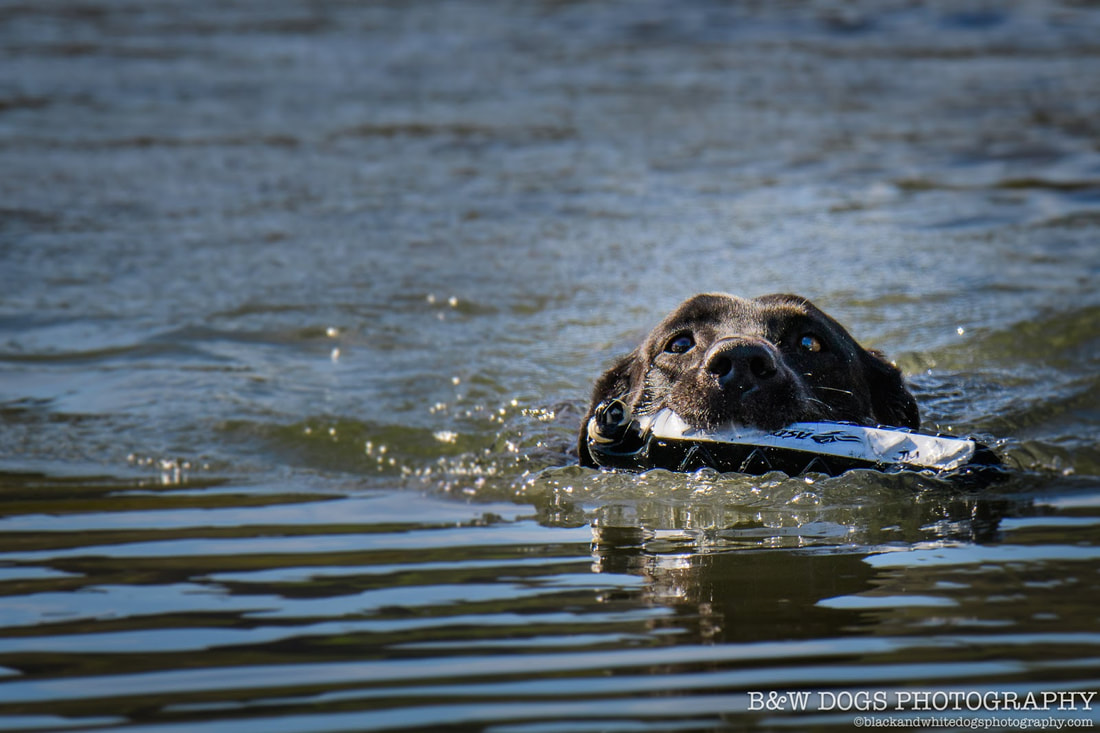 Lots of dogs love to play in water. I share my home with a Labrador and a Malinois that are crazy for any opportunity to get wet, whether it is the ocean, pool, lake, or stream. Just don't show them a shampoo bottle, they will go hide 😁. My dogs will play in water all day long, but I know that I need to supervise them very closely when around water. Listed here are some precautions to take and things to watch out for to keep your dog safe in water. Always Supervise Your Dog Around Water Make sure that whenever you are around water with your dog, you are always supervising them. Not only do you need to keep an eye on them while they are in the water, pay attention to them when they come out of the water. Some dogs will play fetch with you until they collapse from exhaustion. If you are tossing a ball or bumper into the water and having them retrieve it, make sure they aren't exhausted before tossing it back into the water again. It is estimated that thousands of dogs die from drowning every year. Make sure you never leave your dog unattended around a body of water, and watch their body language for signs of distress. Salt Water Precautions Dogs love playing in the water, but remember that playing fetch, being in the sun, and lots of swimming in the ocean can make a dog thirsty. A dog that is dripping wet and waiting for you to throw the ball again may not look like he's thirsty, and since they are in the water you may not realize they need fresh water for drinking. If they are playing in the ocean and thirsty, some dogs will drink salt water. Dogs will ingest some salt water while playing in the ocean. Small amounts won't hurt them. They will ingest it as they swim with a ball in their mouth, retrieving a bumper, etc. But if you see them drinking salt water, remove them from the water and provide them with fresh water to drink. If they are drinking large amounts of salt water, it can prove fatal. Too much salt water can lead to diarrhea, vomiting, and dehydration. An abundance of salt water can disrupt the fluid balance in a dogs body. This in turn can lead to seizures, kidney failure, brain cell loss, and dehydration. If you suspect your dog has salt water poisoning, take them to your vet immediately. Fresh Water Precautions Salt water poisoning is the result of too much salt water in the dogs system. Too little sodium in a dogs system is also dangerous. Water intoxication, or hyponatremia, is the result of ingesting too much fresh water and can prove fatal. Hyponatremia is relatively rare, but most commonly seen in water loving dogs. Dogs can ingest a large amount of water in a small period of time. It can happen gulping water in a pool as they swim, swallowing water as they retrieve a toy in the pool, if they compete with another dog for a toy in the water, or if they love to bite at the gushing water of a hose or sprinkler. Taking in too much water in a short period of time can be deadly. Always make sure your dog is taking regular breaks out of the water. If your dog quickly drinks all the water from his water bowl, wait a while before filling it up again. Symptoms of water intoxication include: loss of coordination lethargy bloating vomiting glazed eyes excessive salivation difficulty breathing seizures coma If your dog appears to have any of these symptoms and has been playing in water recently, contact your vet immediately. No, you can't go swimming in that! Blue-Green Algae Stories of dogs dying after contracting Blue-Green Algae poisoning are becoming more prevalent. Over the last couple of summers in our area, several lakes and parks have shut down access to the water, in some cases draining lakes, in an effort to protect us from the dangers of Blue-Green Algae, but this is not just a local issue, it is a nationwide concern. What is Blue-Green Algae? Turns out, it isn't an algae at all, but a type of bacteria present in many lakes and streams. It thrives in warm, nutrient rich water, and under ideal conditions (warm, shallow, undisturbed water, lots of direct sunlight, warm air temperature) it can form "blooms" that discolor the water. Dogs are susceptible to Blue-Grey Algae poisoning as they play in the water. Fetching a ball tossed into infected water can lead to increased water ingestion. The toxic bacteria can also reside in wet fur after they get out of the water, and when your dog licks her coat or paws, she can ingest more. If your dog comes into contact with Blue-Green Algae, rinse your dog off immediately. Symptoms of Blue-Green Algae poisoning may include: Diarrhea Vomiting Drooling Seizures Weakness Confusion Disorientation Troubled breathing If your dog has recently been in contact with Blue-Green Algae (or if you aren't sure, if the dog was recently in a body of water) and shows any of those symptoms, contact your vet immediately. To help prevent coming into contact with Blue-Green Algae, please follow these tips: Don't let your dog drink out of lakes, ponds, or streams. Keep your dog leashed and away from the water. Just because you can't see it doesn't mean it's not there. If you would like to test your local lake to see if any Blue Green Algae is present, you can try these simple tests: Blue-Green Algae Tests Dogs love to play in water. It is great exercise for them, and can be fun for us too. Everyone gets some exercise and a chance to bond with your dog. Just use the above precautions, and always supervise your dog around any body of water. Make sure you always have fresh water on hand for them to drink, give them lots of breaks, and be cautious of local lakes and streams that may be having a Blue-Green Algae flair up. Now go have some fun with your dog!
Comments are closed.
|
|
Leave No Paws Behind
1047 E Amar RD West Covina, CA 91792 https://api.pethealthnetworkpro.com/v1/practices/b92961ee-4e18-4be2-9850-16df483d9489/survey-responses
|
Office HoursMonday: 8:00am - 6:00pm
Tuesday: 8:00am - 6:00pm Wednesday: 8:00am - 6:00pm Thursday: 8:00am - 6:00pm Friday: -----Closed----- Saturday: -----Closed----- Sunday: -----Closed----- Contact Us
|
Site powered by Weebly. Managed by IDEXX Laboratories
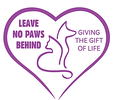
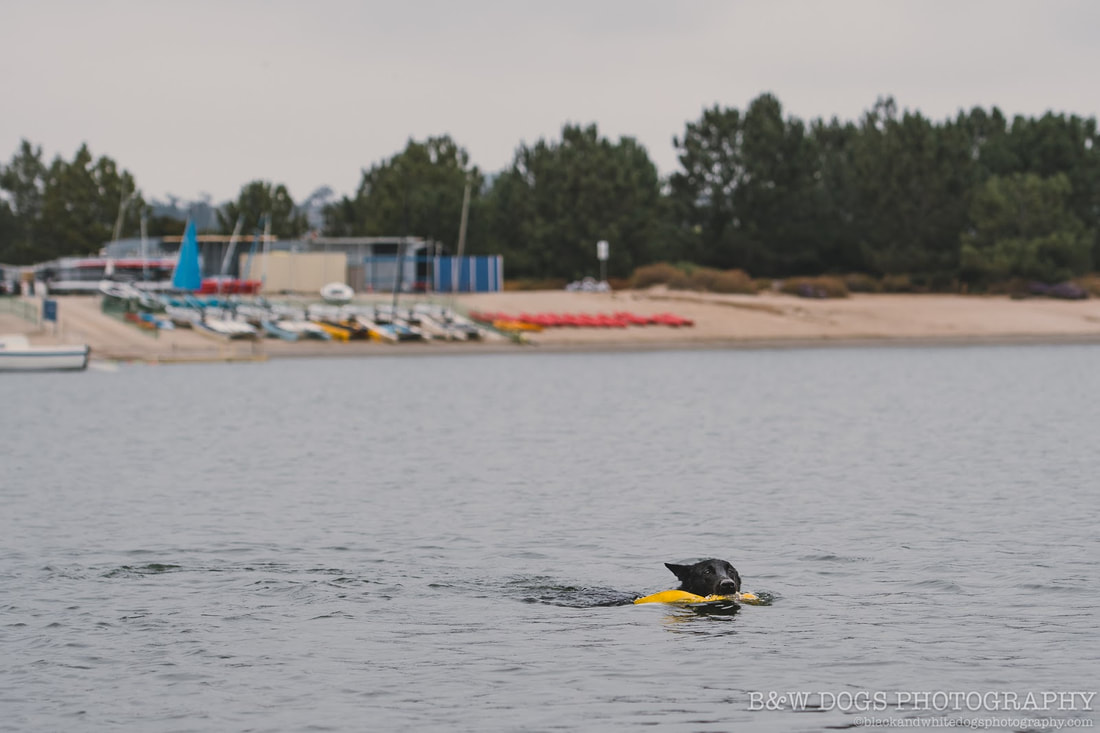
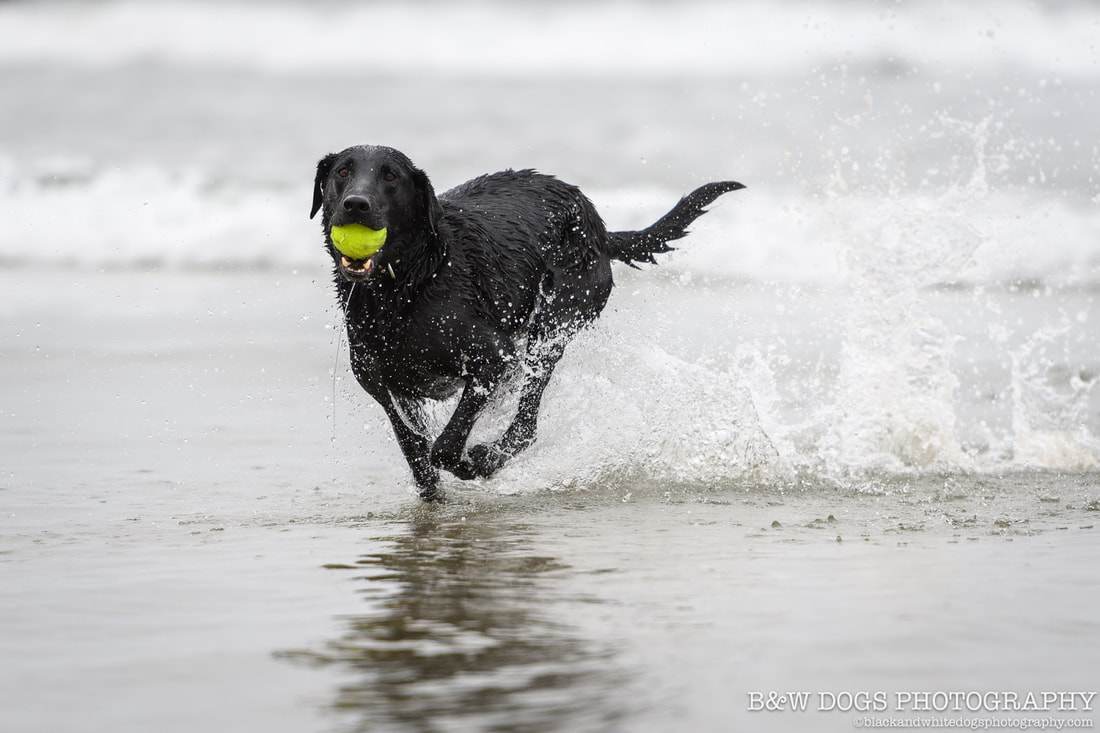
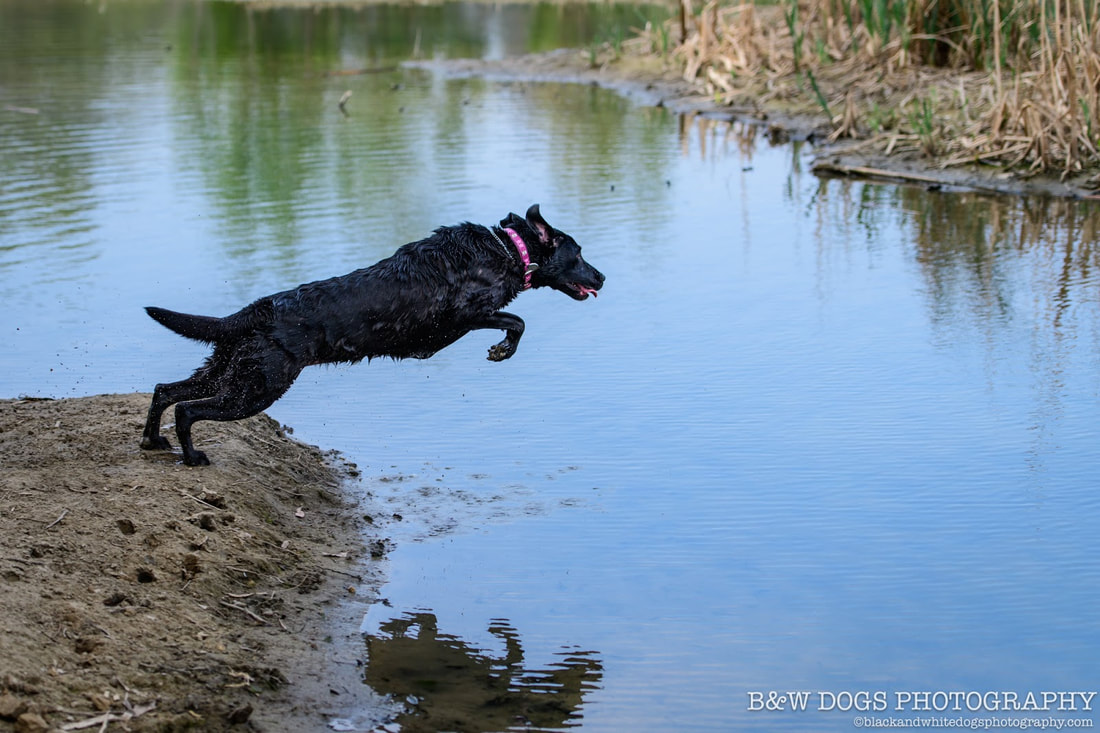
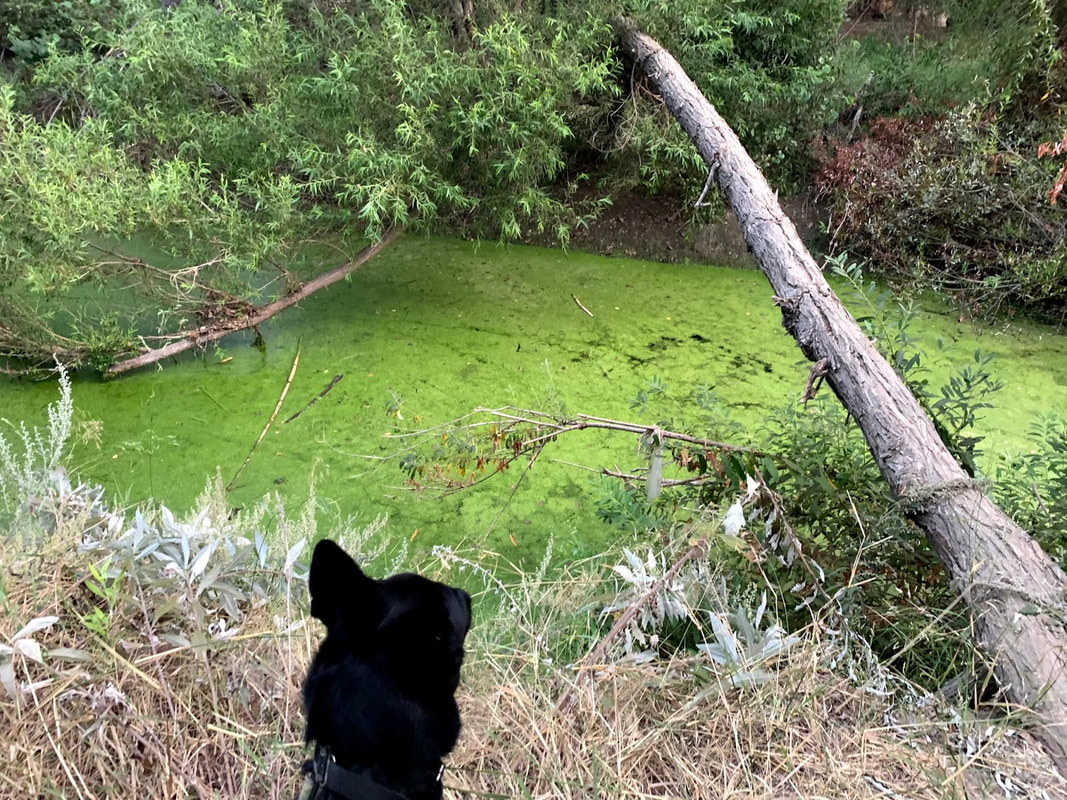

 RSS Feed
RSS Feed





